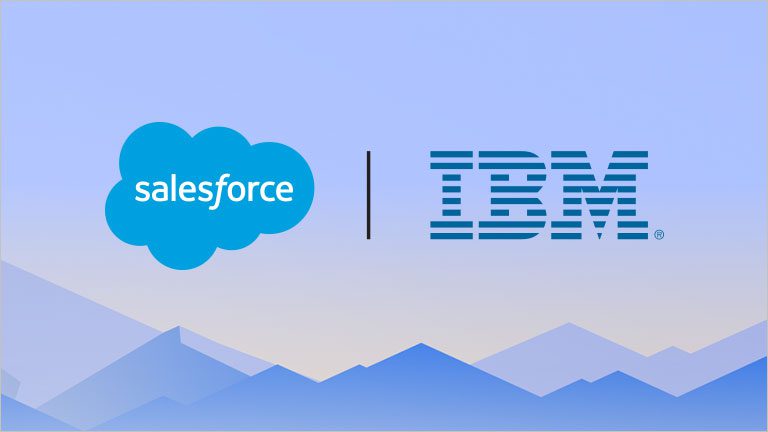- IBM integrates Salesforce with Granite family of open-source LLMs and WatsonX platform for enhanced AI capabilities.
- Granite models now accessible under Apache 2.0 licenses on Hugging Face and Github.
- IBM partners with AWS to enhance Amazon Sagemaker with WatsonX governance solution.
- Collaboration extends to Azure deployment and hybrid cloud AI development with Adobe.
- SAP joins forces with IBM to embed industry-specific AI solutions in its Business Technology Platform.
- IBM emphasizes ecosystem concept and commitment to model diversity.
- Public cloud providers offer platforms tailored to diverse AI needs.
- Salesforce and IBM join respective partner networks for data integration and AI safety.
- IBM to release WatsonX application modernization copilots and Java coding tool for Z systems mainframes.
Main AI News:
In a strategic move, IBM is amplifying its capabilities by integrating Salesforce with the powerful Granite family of open-source LLMs and WatsonX platform across diverse clouds and ecosystems.
The deployment of Granite models is a pivotal step for IBM, now accessible under Apache 2.0 licenses on Hugging Face and Github, setting the industry standard for open source, as declared in a recent announcement.
Beyond the integration with Einstein 1, IBM has forged a significant partnership with AWS, enhancing Amazon Sagemaker with the WatsonX governance solution. Moreover, IBM has expanded its reach by deploying the platform on Azure and collaborating with Adobe on hybrid cloud AI development initiatives.
SAP, a prominent player in the ERP domain, has also aligned with IBM to embed industry-specific AI solutions within its cloud-based Business Technology Platform, marking another milestone in this transformative journey.
Mohamad Ali, COO for IBM Consulting, emphasized the significance of the ecosystem concept during a virtual briefing, highlighting IBM’s proactive stance in embracing this paradigm shift.
Ali reiterated IBM’s commitment to model diversity and open-source principles, recognizing the nuanced requirements of different use cases. This approach resonates with industry trends, where major public cloud providers like AWS, Google, and Microsoft offer platforms tailored to the diverse AI needs of enterprise clients.
“We’re learning that the most versatile model may come with a premium price tag,” Ali remarked, underscoring the importance of a multimodal approach in optimizing AI investments.
As part of the Salesforce collaboration, IBM has joined the esteemed Zero Copy Partner Network, further solidifying its integration capabilities within the Data Cloud ecosystem. In return, Salesforce has pledged its support by joining the AI Alliance, a global initiative spearheaded by IBM and Meta to ensure AI safety and ethics.
Looking ahead, IBM has ambitious plans to roll out new WatsonX application modernization copilots for its Z systems mainframes in June, followed by a Java coding tool slated for release in October, signaling continued innovation and agility in the ever-evolving landscape of enterprise technology.
Conclusion:
The collaboration between IBM and Salesforce, marked by the integration of Granite models and WatsonX platform, signifies a strategic move towards advancing AI capabilities across diverse cloud environments. This partnership not only enhances data integration and governance but also underscores the importance of ecosystem collaboration in driving innovation and addressing evolving market demands. With a focus on open-source principles and model diversity, IBM sets a precedent for leveraging AI technology to deliver tailored solutions and foster industry-wide collaboration.

